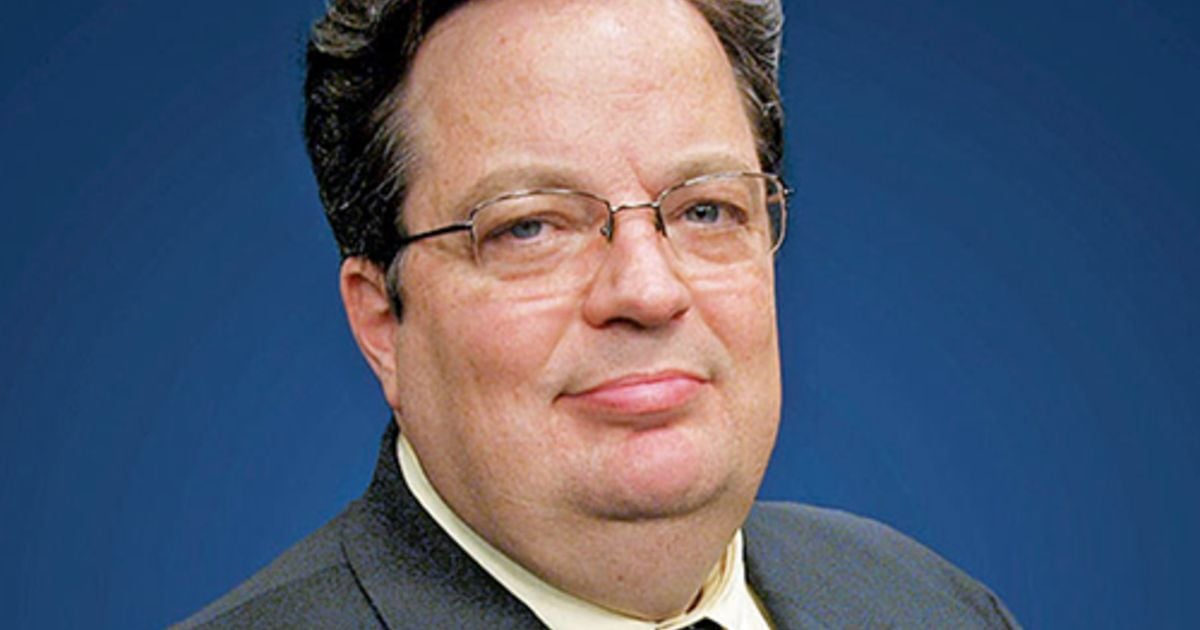
The most profit-rich, two-year-long blowout party in automotive retail history may finally be winding down.
So grab some aspirin, because here comes the inevitable hangover.
Bloomberg noted this month that an increasing number of consumers are showing up at dealerships carrying boatloads of negative equity and rolling it into longer and longer-term loans.
That trend, of course, isn’t novel. It predates the COVID-19 breakout, though the number of U.S. customers with negative equity dipped temporarily because of rising values of supply-constrained used vehicles, plus many received government-issued stimulus checks while spending less money overall during the pandemic. But what is more concerning is what’s coming.
At roughly this point in 2019, the average new-vehicle list price in the United States was $36,513, according to Cox Automotive. Now, it is $47,673, a difference of $11,160.
And then there’s the interest rate jump during this same period: According to Statista, the average new-vehicle financing rate at this point in 2019 was about 4.7 percent. Now, it is 6.3 percent.
And the cherry on top: 84-month loans now represent nearly 20 percent of all new-vehicle loan originations, and that number is rising, according to Experian.
So, let’s do the math: Dramatically higher vehicle prices over the last four years, higher financing costs, longer loan terms and used-vehicle values that have declined from record highs equals increased negative equity and the real potential of rapidly slowing sales as consumers become forced to hold their vehicles longer.
“As trade-in values begin to cool, each month, more and more consumers will find themselves falling from positive to negative equity,” Ivan Drury, director of insights at auto market researcher Edmunds, told Bloomberg. “Unless American car shoppers break their habit of buying again too soon, we’ll see the negative equity tide continue to rise.”
Now, you might argue that rising used-vehicle values likely saved some consumers from falling into a negative equity trap, and you’d be correct in the macro sense: There were certainly some consumers who purchased during the last four years who cashed in on used-vehicle values that grew faster than prices rose. But how prevalent are those consumers? Well, there’s an answer in two data points that Bloomberg noted:
In January, severely delinquent auto loans hit their highest rate since 2006, based on Cox Automotive data, and today, about two out of 13 people are making monthly car payments of $1,000 or more.
Even if you ignore the broader economic data — including whether the U.S. will head into a recession, and the virtual destruction of leasing — the fundamental financial data indicates that consumers who purchased new vehicles over the last four years would seem more likely to delay their next purchase, perhaps significantly so.
What does that mean for dealers? In the simplest, broadest terms, the difference between a customer returning to a dealership to buy a new car only two times in a decade instead of three is 50 percent. Dealers might make up that lost revenue with increased service orders from owners holding onto their vehicles longer, but that only happens if their service costs are competitive and keep customers from going elsewhere.
J.D. Power noted during its annual Auto Summit at the NADA Show in Dallas in January that the U.S. auto retail industry generated a record $55 billion in collective dealership gross and finance and insurance profits in 2022. That organization also noted that the number of transactions above sticker price has fallen to 31 percent, about half what it was last summer when inventories were still severely constricted.
The big question for automotive retailers is whether they raked in so much profit that they’ve essentially hobbled their own future?
I have a feeling we’re about to find out.